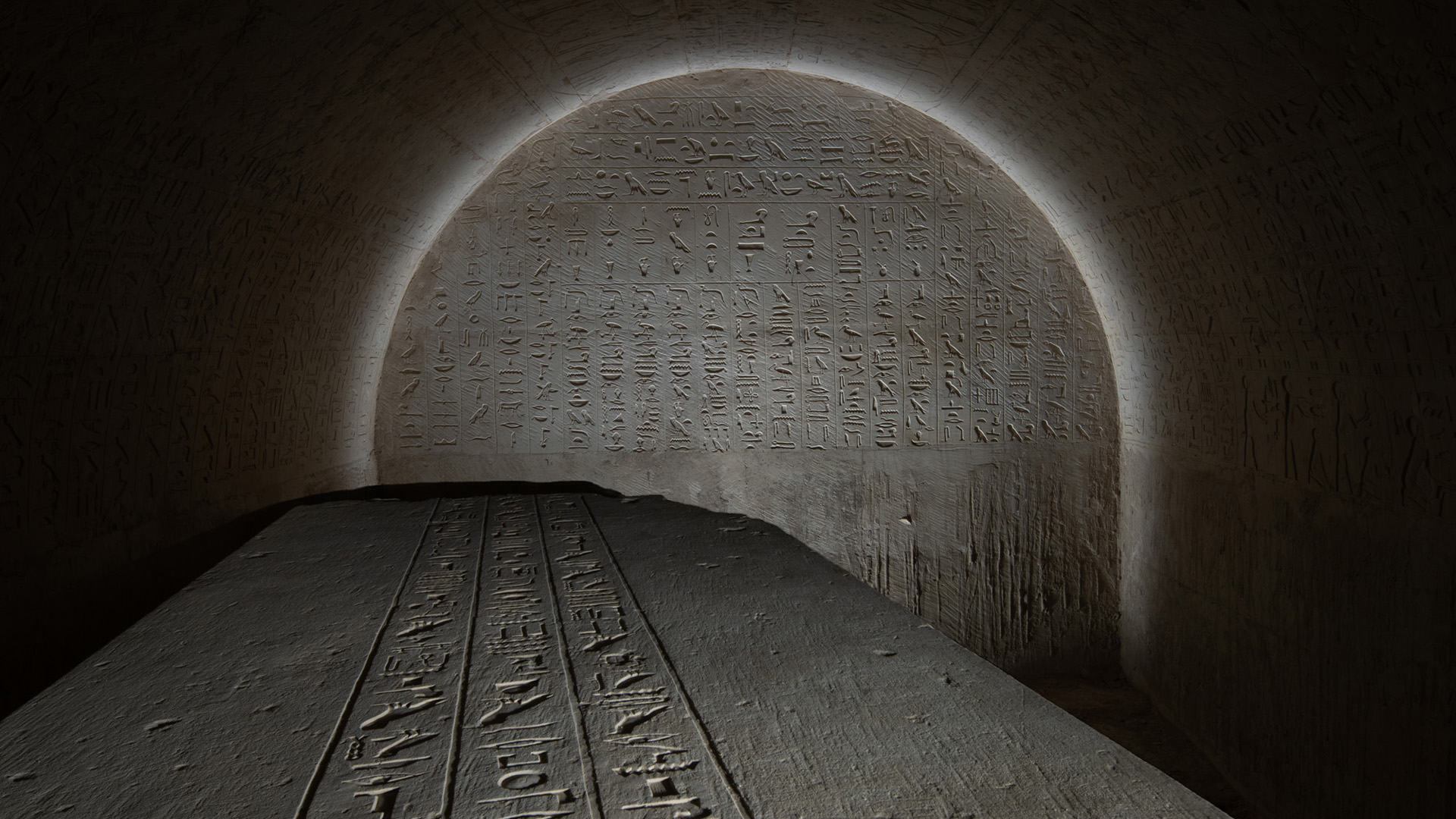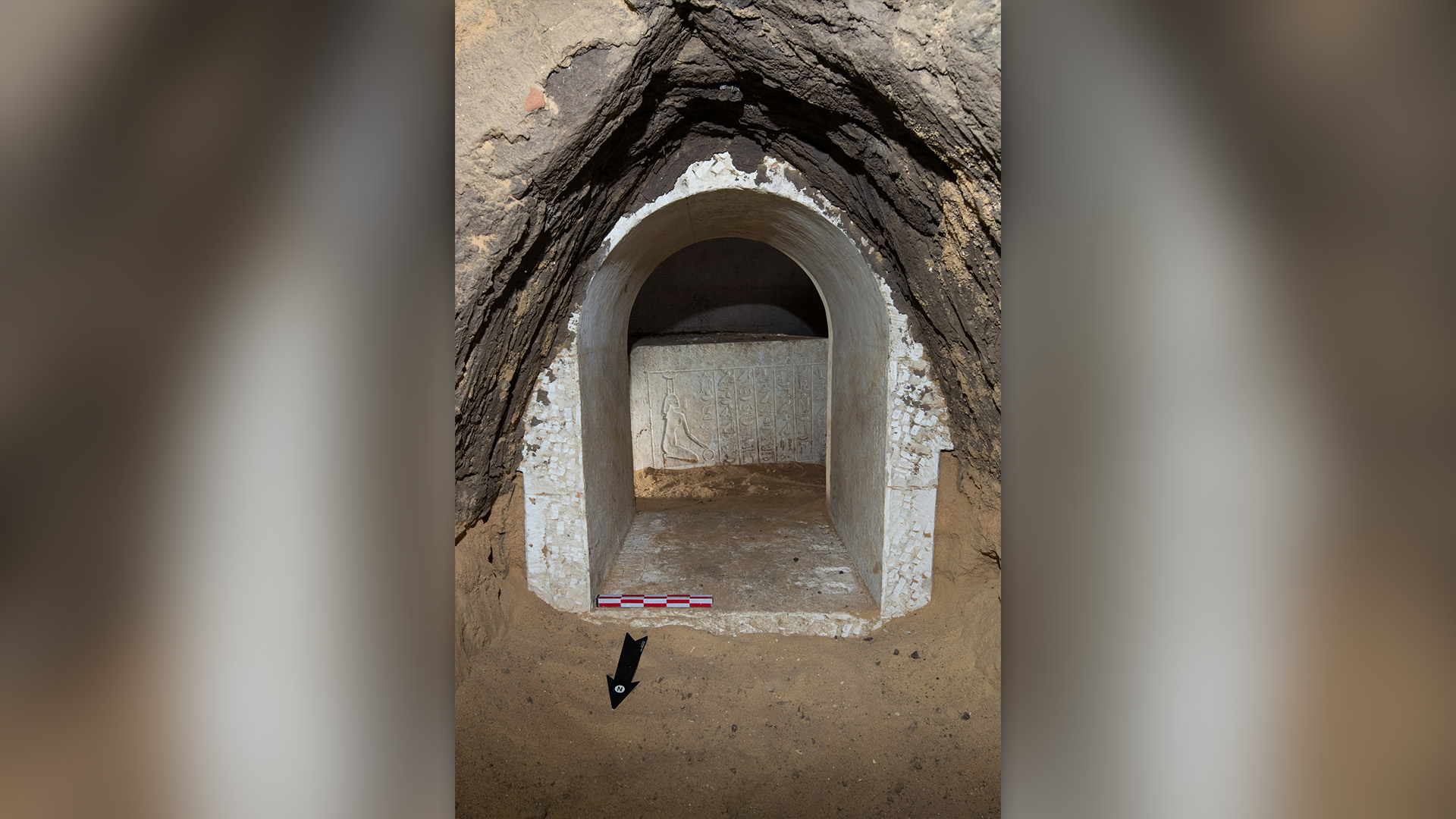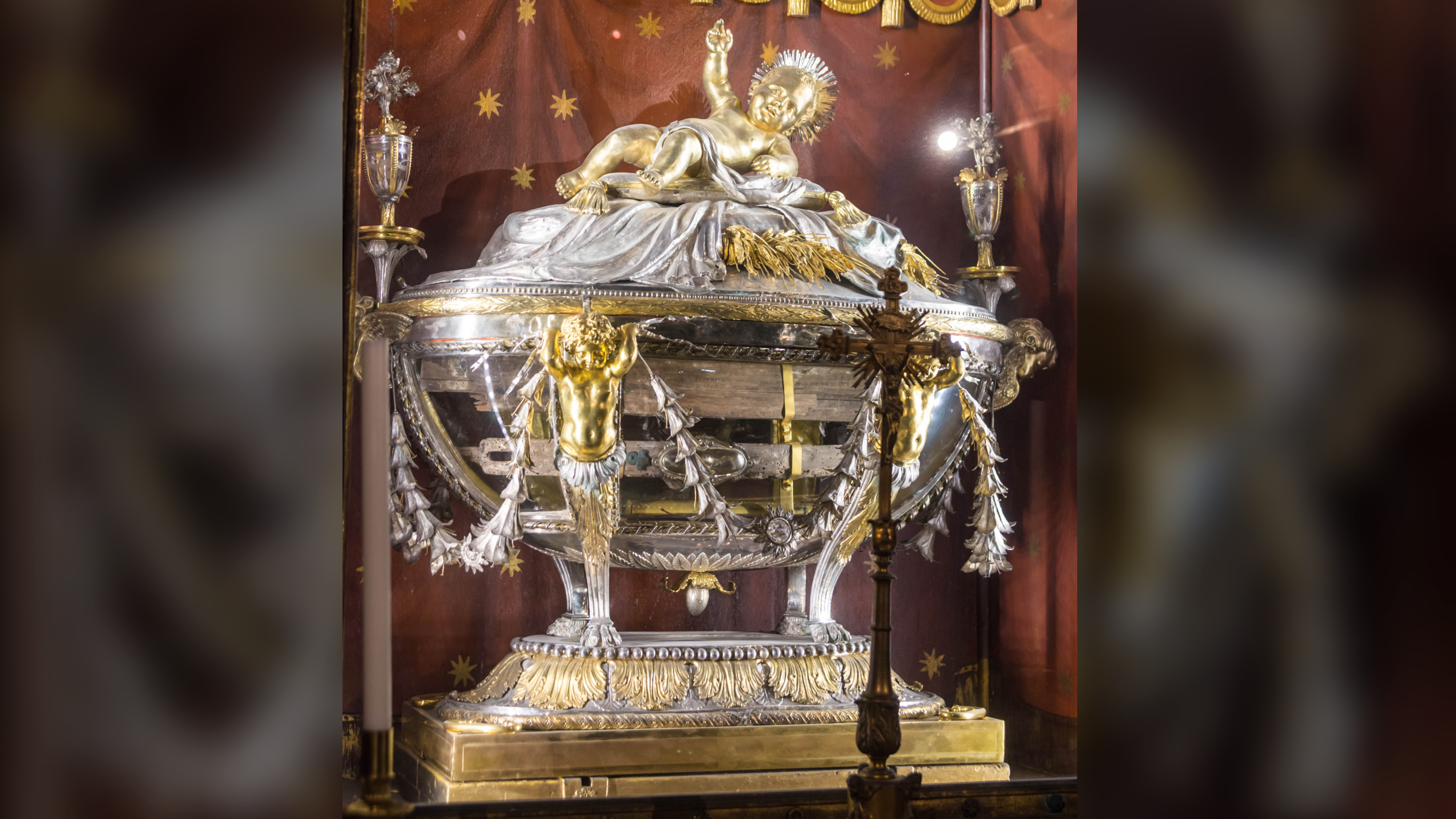Ancient Egyptian tomb was filled with magical spells to ward off snake bites
An ancient Egyptian tomb just south of Cairo was filled with magical spells intended to protect the dead from snake bites.

Egyptologists have discovered a 2,500-year-old tomb just south of Cairo containing numerous magical sayings meant to ward off snake bites.
The tomb's entrance was covered with sayings aimed to both ward off serpent bites and enlist snakes as tomb protectors, the archaeologists said in a translated statement.
"Such a strong emphasis on snake spells was probably the consequence of a personal choice of the tomb owner, as no similar case with such excessive attention to these spells is known," Miroslav Bárta, director of the Czech Institute of Egyptology's research at Abúsír, where the tomb was found, told Live Science in an email.
Recent work suggests that venomous snakes were more common in ancient Egypt than they are now. Archaeologists often find tombs in Egypt that have some of these magical, or apotropaic, sayings against snake bites — but not the vast number seen in this tomb, Bárta said.
Abúsír contains a vast number of tombs, along with several pyramids. This particular tomb belongs to a man named Džehutiemhat, a royal scribe who lived about 2,500 years ago around the time when the ancient Persians controlled Egypt, according to the statement.
While much of Džehutiemhat's tomb was robbed in ancient times, his sarcophagus with partial skeletal remains was still there. Analysis of these remains revealed that he was around 25 years old when he died and that he suffered from a severe case of osteoporosis — a condition that causes bones to become weak and brittle. This "seems to be a part of his DNA setup because [osteoporosis] usually occurs in a later age," Bárta said. Other people buried in nearby tombs also suffered from osteoporosis, which suggests they may have been family members, according to the statement.
Džehutiemhat's sarcophagus contains a number of texts and engravings. The lid of his sarcophagus contains what modern-day scholars call chapter 178 of the Book of the Dead.
Get the world’s most fascinating discoveries delivered straight to your inbox.
The Book of the Dead is a series of spells that help the deceased navigate the underworld, among other things. This particular chapter of the Book of the Dead contains instructions and spells that relate to the setting up of the corpse, University College London noted on its website. The sarcophagus also has engravings of Egyptian deities, including the ram-headed god Banebdjedet and the sun god Re (also spelled Ra).
Excavation at the site and analysis of the remains are ongoing.

Owen Jarus is a regular contributor to Live Science who writes about archaeology and humans' past. He has also written for The Independent (UK), The Canadian Press (CP) and The Associated Press (AP), among others. Owen has a bachelor of arts degree from the University of Toronto and a journalism degree from Ryerson University.




